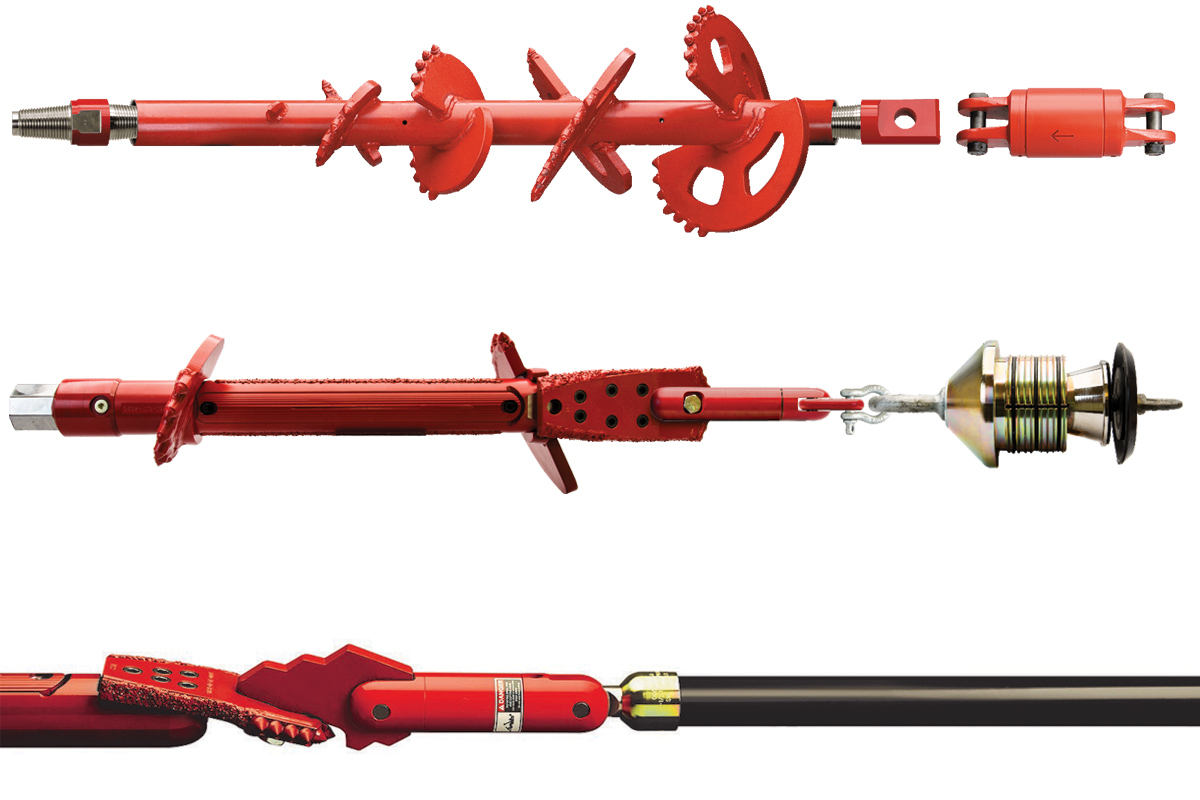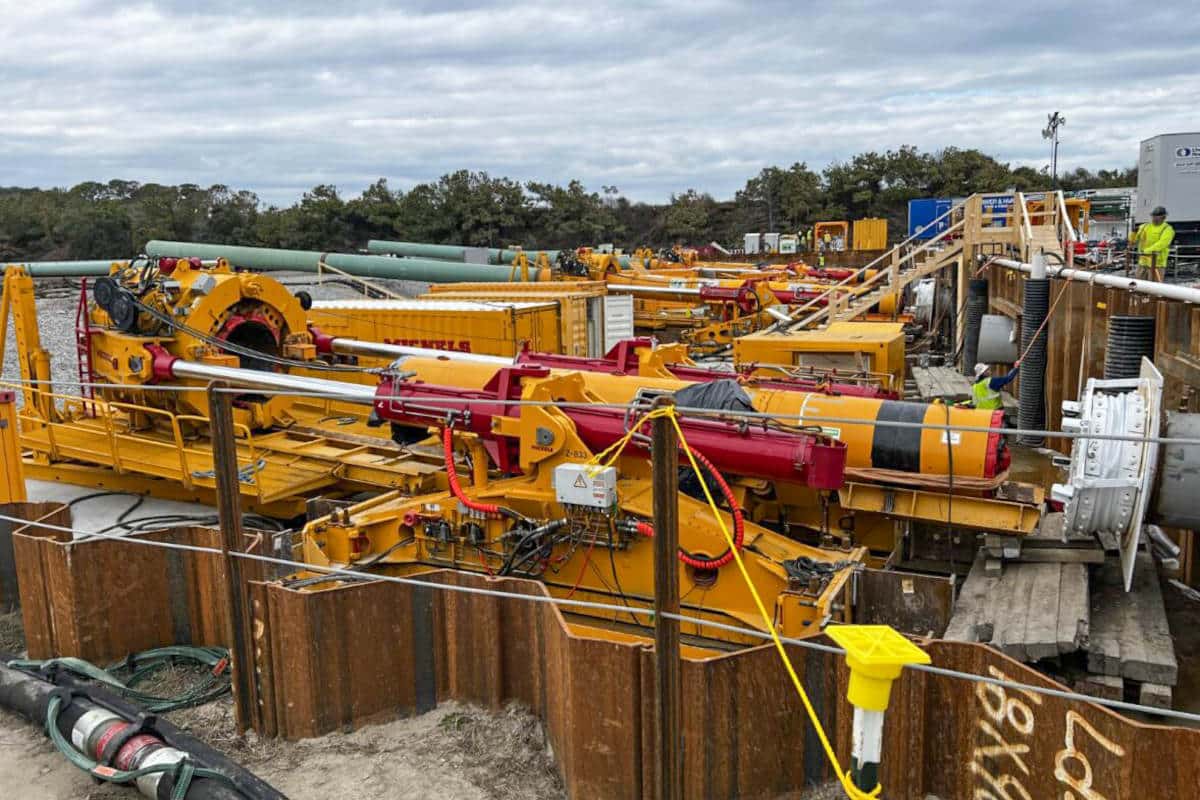Drill Master: Drill Pipe: Handle with Care
With the recent increase in drill pipe replacement for horizontal directional drilling (HDD) units, now is a good time to review the techniques for proper use and maintenance of the entire drill string. In general, a little patience goes a long way in protecting your investment.
Keep in mind that no matter what the quality of pipe, the majority of things that affect it are in the operator’s hands. Examining some of the common problems with drill pipe will help the drill operator better prepare for the next installation. We’ll first examine common problems with the pipe body, e.g., fatigue, and then the common problems with the two ends of the pipe, the pin and the box.
Pipe fatigue. It cannot be emphasized strongly enough: Do not overbend pipe. Bending the pipe more than the allowable maximum pipe bend radius will damage pipe and eventually cause the pipe to break. Extensive research shows that tightening the bend radius by half cuts pipe life as much as 50-fold — not 50 percent. Operating at half the recommended bend radius does 50 times the damage as would occur at the recommended bend radius.
Pipe Fatigue & Over-bending
Over-bending of pipe often occurs either by the design of the bore or overcorrection by the operator. If the pipe doesn’t immediately break from exceeding the recommended bend radius, the operator may think he dodged a bullet. But pipe fatigue begins as a crack that is invisible to the naked eye (fatigue is defined as “crack initiation and growth”). After fatigue begins, the pipe may function normally for several bores and then break without warning. It is important to realize that 99 percent of the crack forms in the last 1 percent of the load cycles. As a result, it is difficult to detect fatigue damage efficiently or economically prior to failure.
The best approach for fatigue is to manage it by reducing the bend radius, i.e., keeping it as broad as possible. It is also important to rotate pipe regularly so that wear is spread evenly and fatigue damage to the drill string is uniform. Pipe rotation will significantly improve the useful life of the drill string. A program of regular and systematic pipe rotation is important to managing pipe fatigue.
Joint stress. The tool joint is formed by the union of the pin and the box. It is important to be very careful when cleaning, lubricating, threading and torquing the tool joint. Keep in mind that there are no economic benefits of performing either of these tasks quickly. Applying finesse rather than brute force will pay big returns.
It is important to make sure that there is not only enough lubricant but also the right kind. Tool joint compound should be a proper mixture of grease and copper; using a zinc-based compound can lead to thread and joint damage. Proper lubrication:
- Prevents galling.
- Prevents rust.
- Promotes the proper torque/turn relationship.
Proper Torquing
Without the right amount of thread compound, the operator cannot properly torque the pipe together. Proper torquing involves first closing the shoulders at moderate speed and then applying full rig torque. Some units are equipped with pressure settings to apply the recommended torque. Again, there is absolutely no advantage to doing this hastily. Taking care to match rotation and speed will prevent damage to threads and rotary shoulders. Rotating too quickly will cause unnecessary thread friction, which can actually cause the joint to smoke. Some HDD rigs, fortunately, are equipped with automatic makeup assistance to help minimize this problem.
The tool joint demands diligent supervision. A daily check of saver subs for thread wear and rotary shoulder damage also will extend the life of the tool joint and the entire drill string. Rig alignment should be monitored and adjusted as necessary.
Finesse, patience and gentleness: Not the words that automatically come to mind when thinking of driving iron deep into the earth. But once an operator comes to understand the importance of these qualities, he/she will dramatically extend the life of his/her investment.
Richard Levings is senior product manager of trenchless products for Ditch Witch. All Drillmaster Reports are reviewed by the Drillmaster Advisory Board: Levings, Frank Canon, Baroid Industrial Products; Ron Lowe, Myers-Aplex, a Pentair Pump Co.; Ed Savage, Vermeer Mfg. Co.; and Trevor Young, Tulsa Rig Iron.




